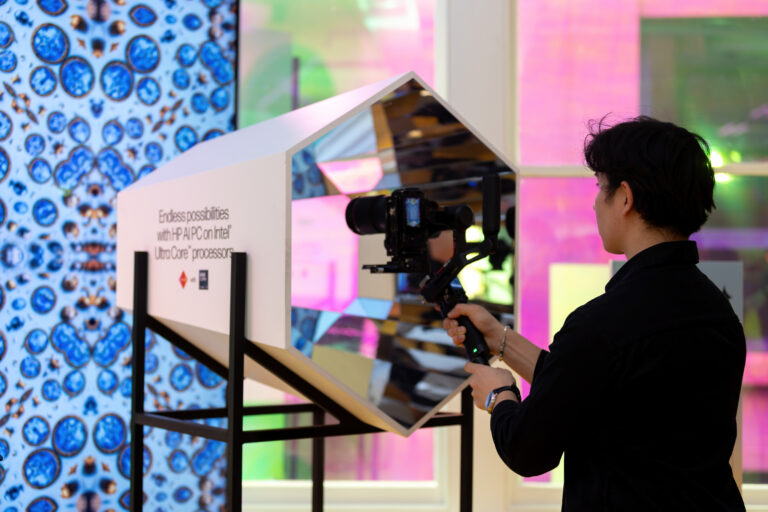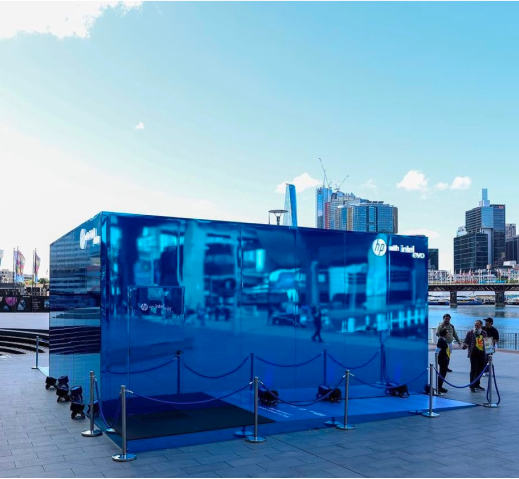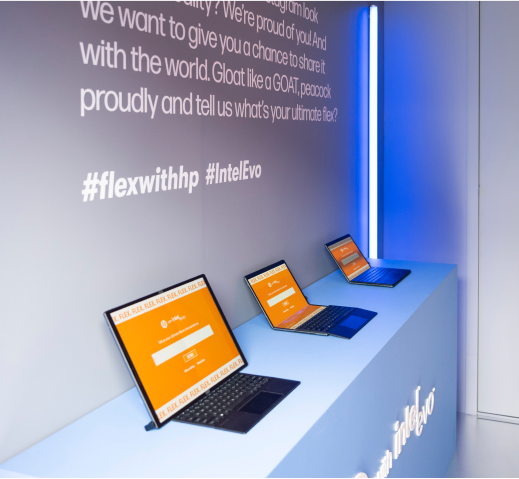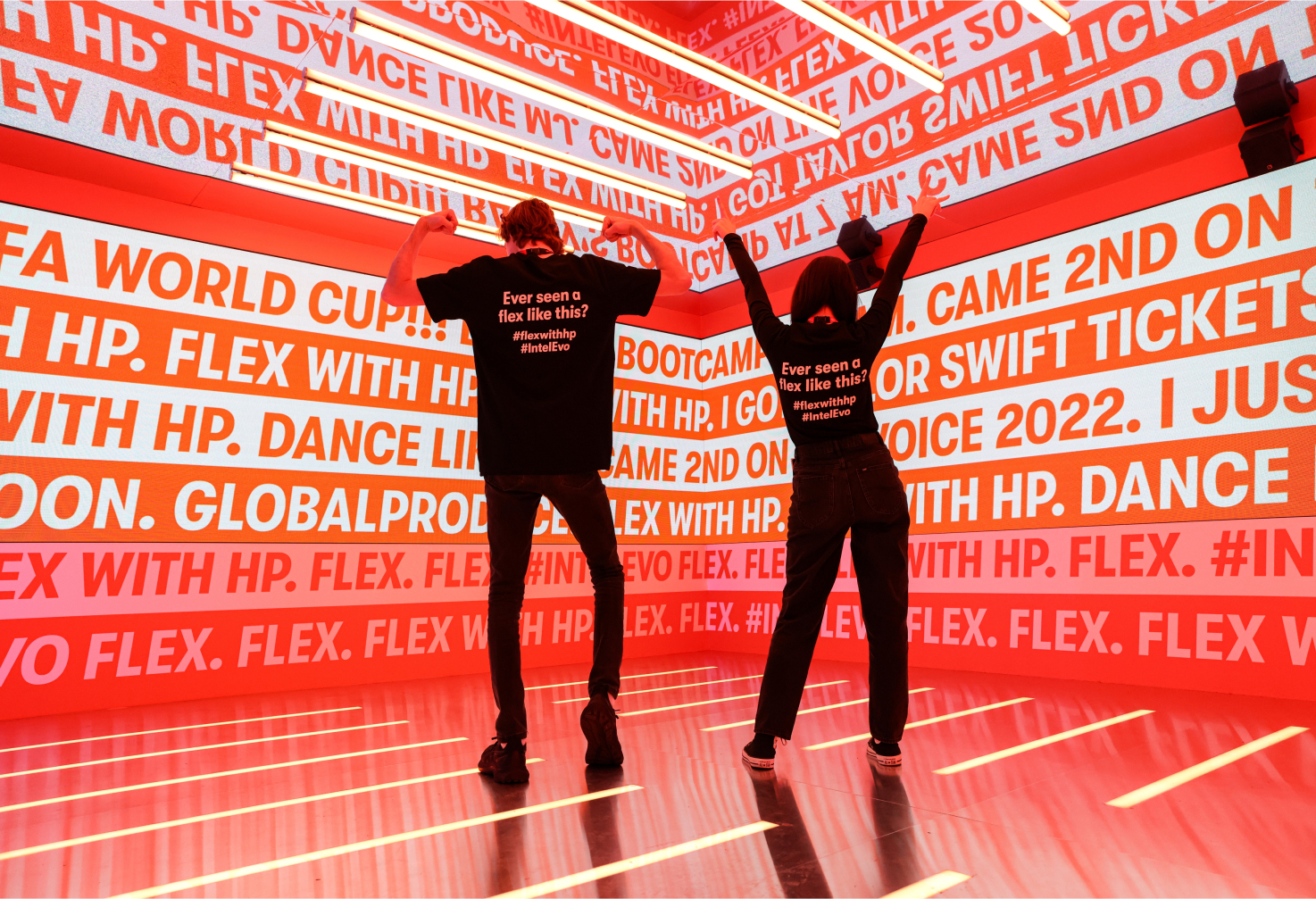As the digital landscape continues to evolve at a rapid pace, marketers must stay ahead of the curve to harness the latest technologies and innovations to create exceptional brand experiences. Generative AI, Lensa and ChatGPT have captured the marketing world’s attention as the next disruptors in experiential marketing. In this article, we explore the future of experiential marketing tech and spotlight three trends to keep an eye on.
Personalised AI-Driven Experiences
Traditionally, brands have focused on crafting unique experiential “moments” for their audiences. However, with advancements in Augmented Reality and Generative AI, the potential to design bespoke experiences tailored to each consumer’s preferences has become a reality. By combining digital technology with human-led interactions, brands can create more intuitive and engaging experiences that resonate with their audience on a personal level.
The use of data and analytics will play a significant role in creating highly personalised AI-driven experiences. By collecting and analysing consumer data, brands can identify patterns and preferences, enabling them to design experiences that resonate with their audience individually. This targeted approach improves customer engagement and boosts brand loyalty, as consumers feel valued and understood.
The rise of interactive experiences, driven by technologies such as Augmented Reality and Generative AI, empowers consumers to engage with brands actively. This shift from passive to active participation fosters a stronger connection between the consumer and the brand, leading to increased brand loyalty and advocacy. By involving consumers in the creative process, brands can foster a sense of ownership and personal investment in the brand narrative.
Bridging the Gap to the Metaverse
The Metaverse has emerged as a promising marketing channel, allowing brands to create immersive virtual experiences that users can access worldwide. However, not all consumers are early adopters, and the concept of the Metaverse may seem distant and futuristic to some. To address this challenge, brands can incorporate experiential activations to introduce more consumers to the Metaverse, utilising brand ambassadors to guide users and facilitate seamless connections between the physical and virtual worlds.
The rise of influencer marketing has provided brands with unique opportunities to collaborate and co-create immersive experiences. By partnering with influencers and incorporating them into brand activations, marketers can amplify their reach, leveraging the influencers’ loyal fan base to drive engagement and brand awareness. This collaboration also allows brands to explore innovative ideas while keeping their finger on the pulse of their audience’s interests.
Experiential marketing tech, especially within the Metaverse, presents brands with the opportunity to build and nurture communities around their products and values. These virtual spaces enable consumers to connect with like-minded individuals, fostering a sense of belonging and shared identity. By creating experiences facilitating these connections, brands can cultivate a loyal and engaged community that is a powerful marketing asset.
As brands embrace the mixed-reality approach, the convergence of online and offline experiences will become increasingly important. Combining elements from both realms allows marketers to create seamless, engaging experiences that blur the lines between the physical and digital worlds. This fusion not only enhances the overall consumer experience but also enables brands to provide unique and memorable touchpoints that leave a lasting impression.

Embracing sustainability and simplicity
Sustainability has become a critical consideration for consumer electronic brands, and consumers are increasingly expecting sustainable practices across all facets of a business, including marketing. By adopting smart tech and sustainable innovations, brands can minimise their environmental impact while engaging their audience in creative ways. For example, Dunkin’ demonstrated the power of a simple, sustainable idea in 2018 when they built a tiny house partially fueled by coffee grounds.
As we venture further into the digital era, the future of brand activation hinges on the successful integration of emerging trends and technologies. These developments enhance the consumer experience and open up new possibilities for brands to build long-lasting connections with their target audiences. With a keen eye on personalization, sustainability, and the Metaverse, marketers can leverage these trends to elevate their brand activation strategies.
As Web3 technologies begin to shape the future of marketing strategies, the ways in which consumers adopt and engage with these innovations will inform how brands can best leverage them. A “mixed-reality” approach, blending digital and physical experiences, will provide brands with diverse options to captivate their audience and remain at the forefront of the marketing landscape. By keeping a finger on the pulse of these emerging trends and technologies, brands can stay ahead of the curve and create unforgettable experiences that resonate with their target audiences.


